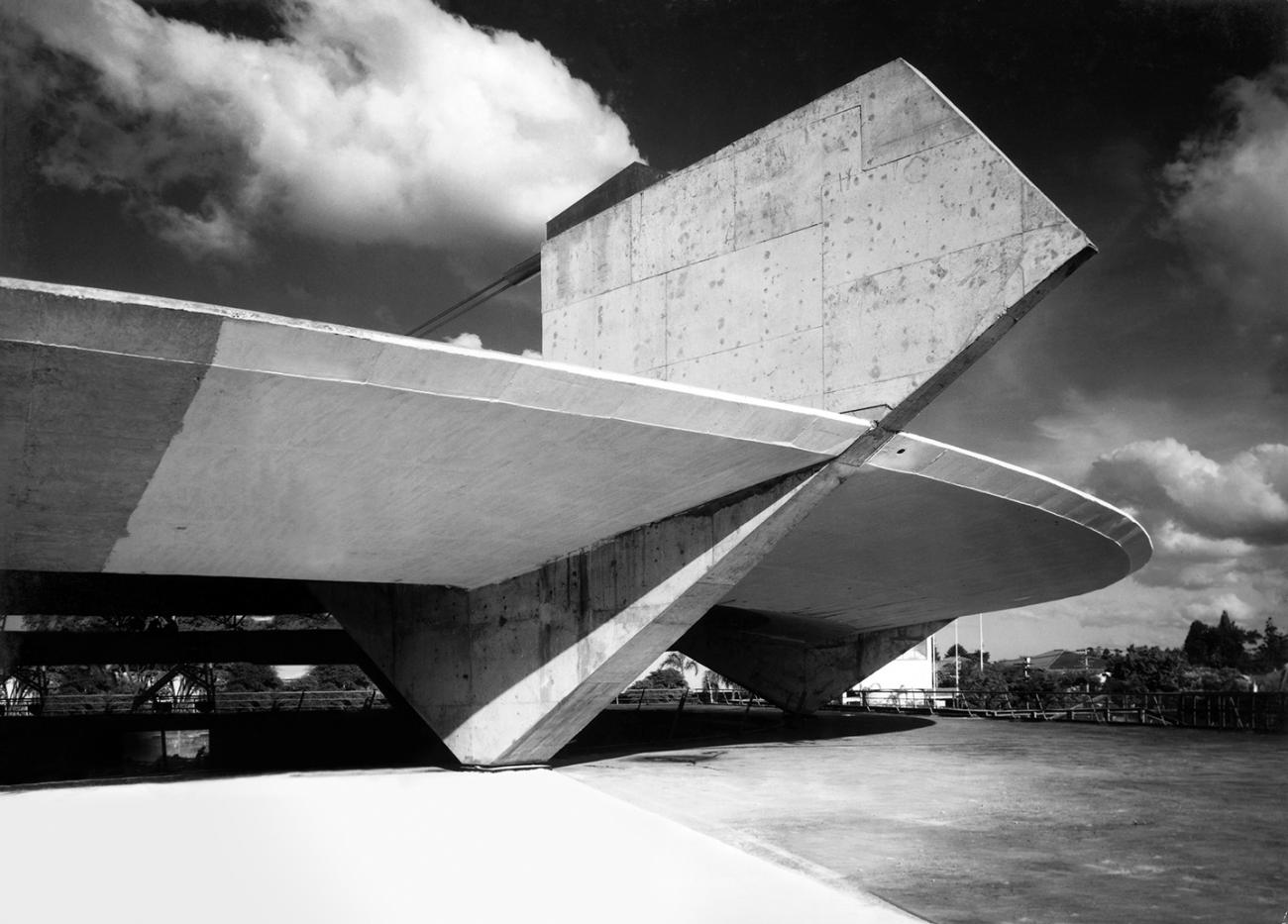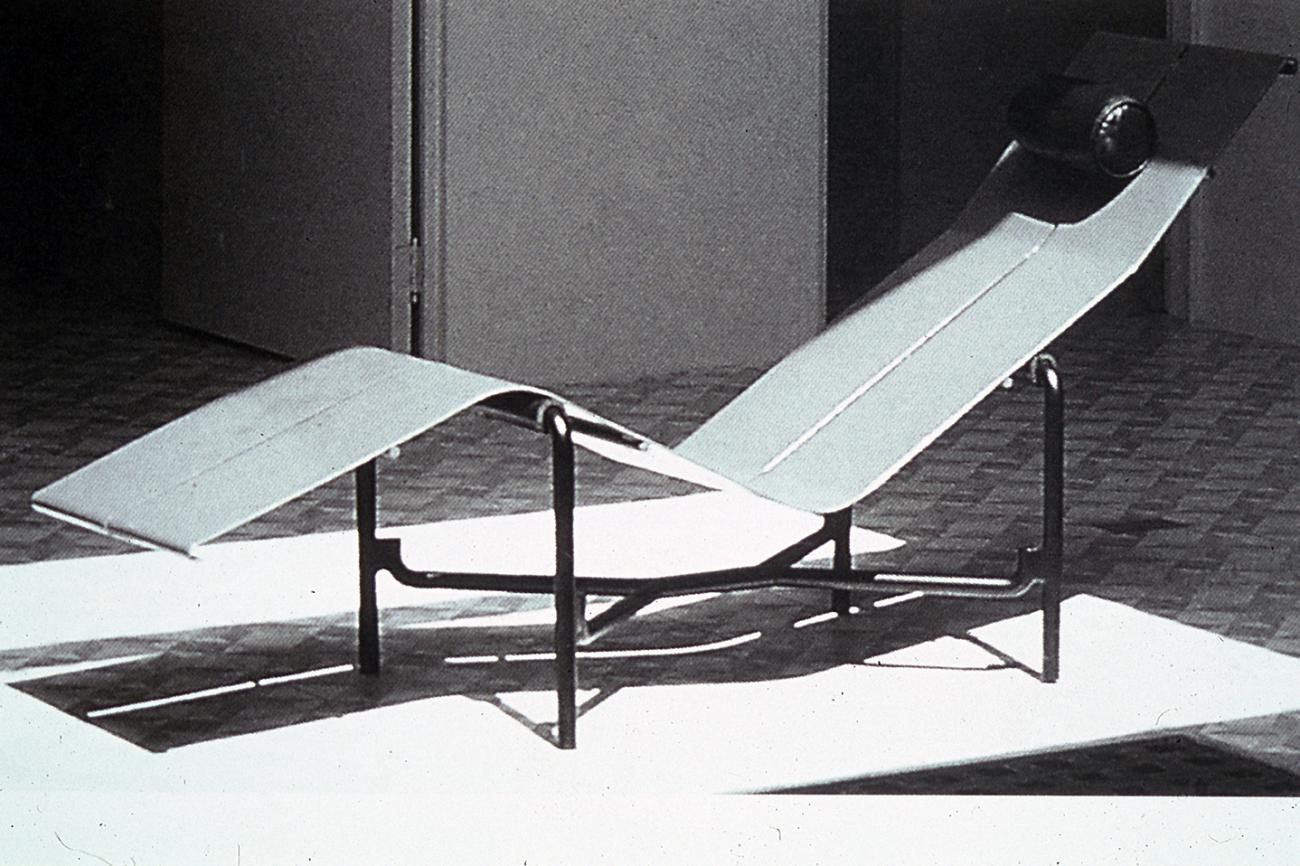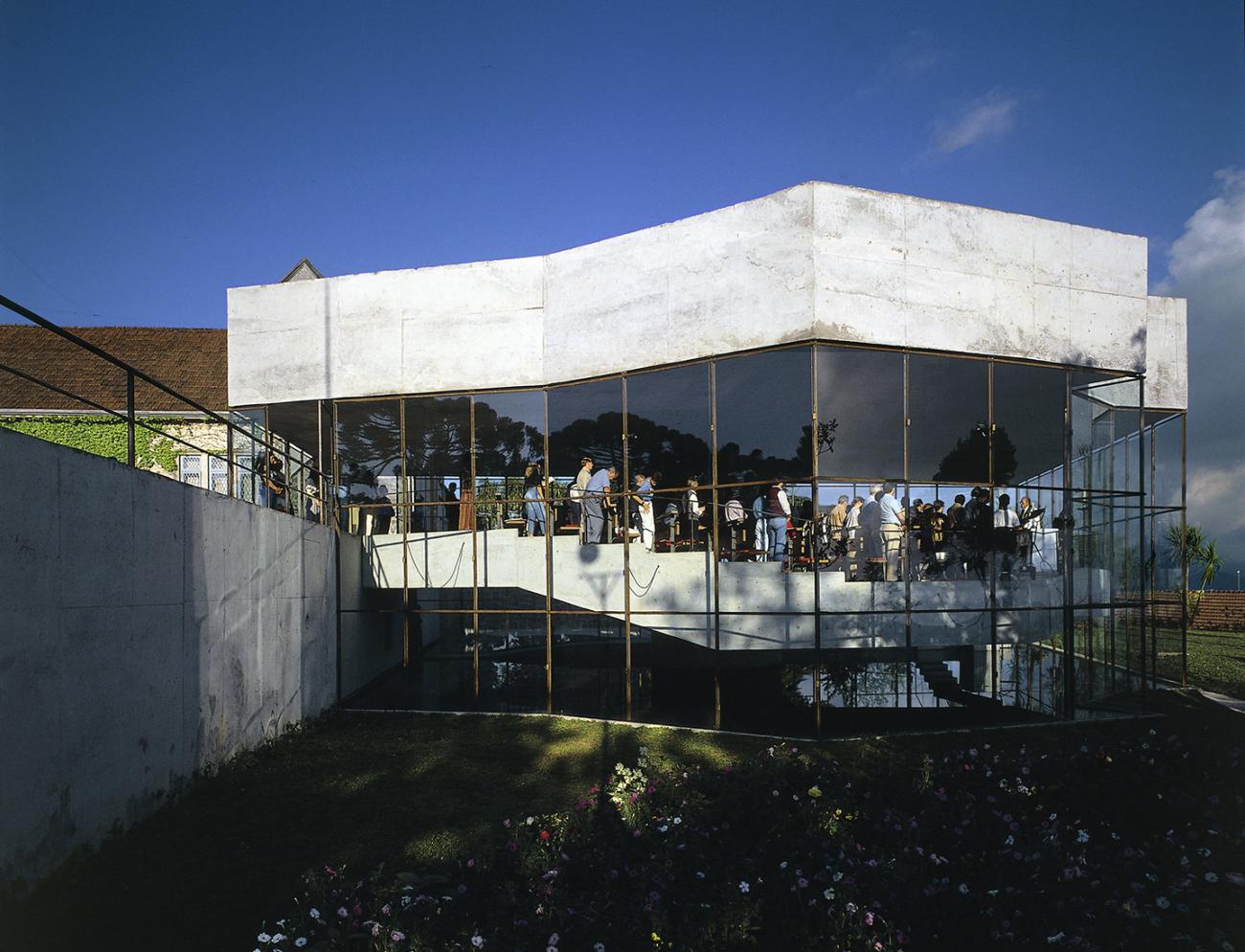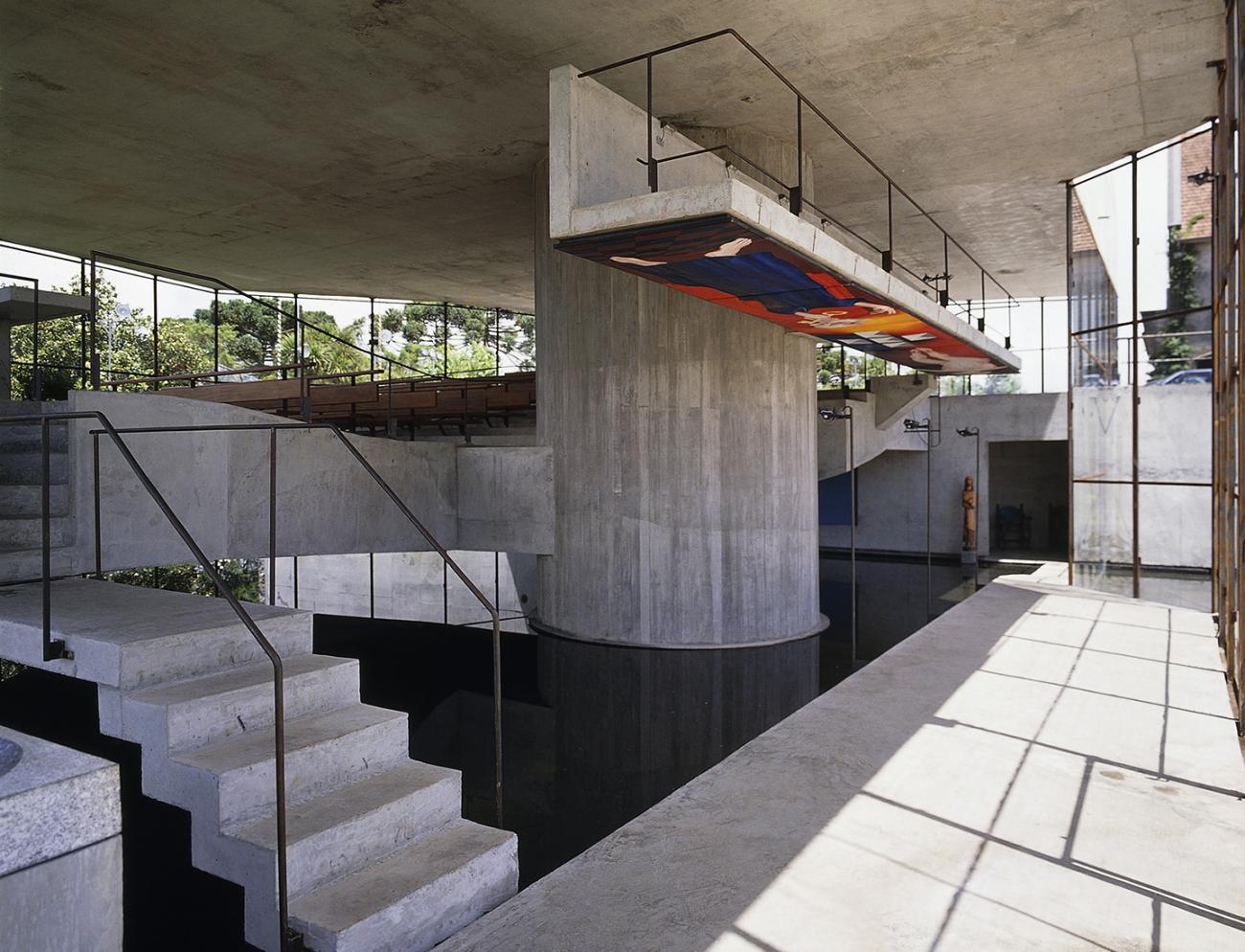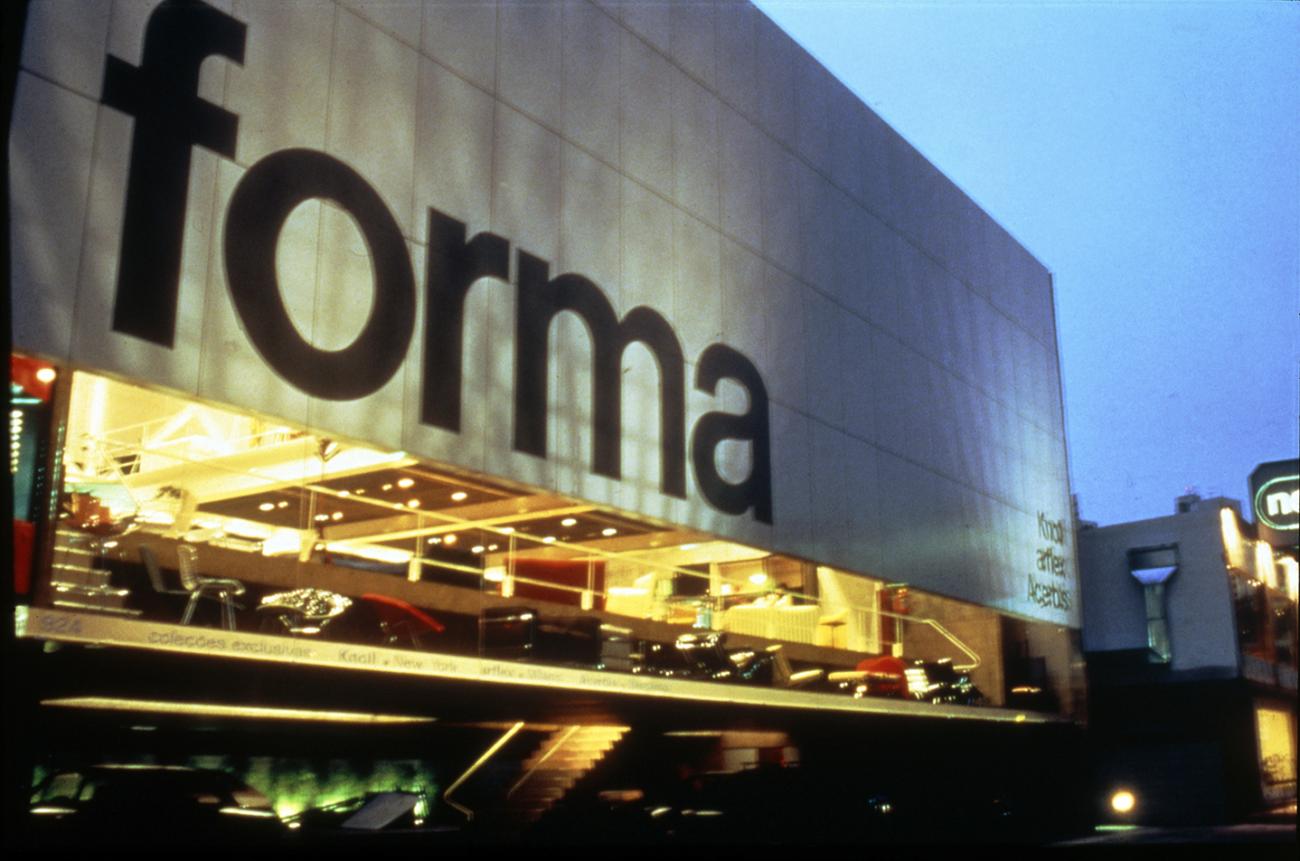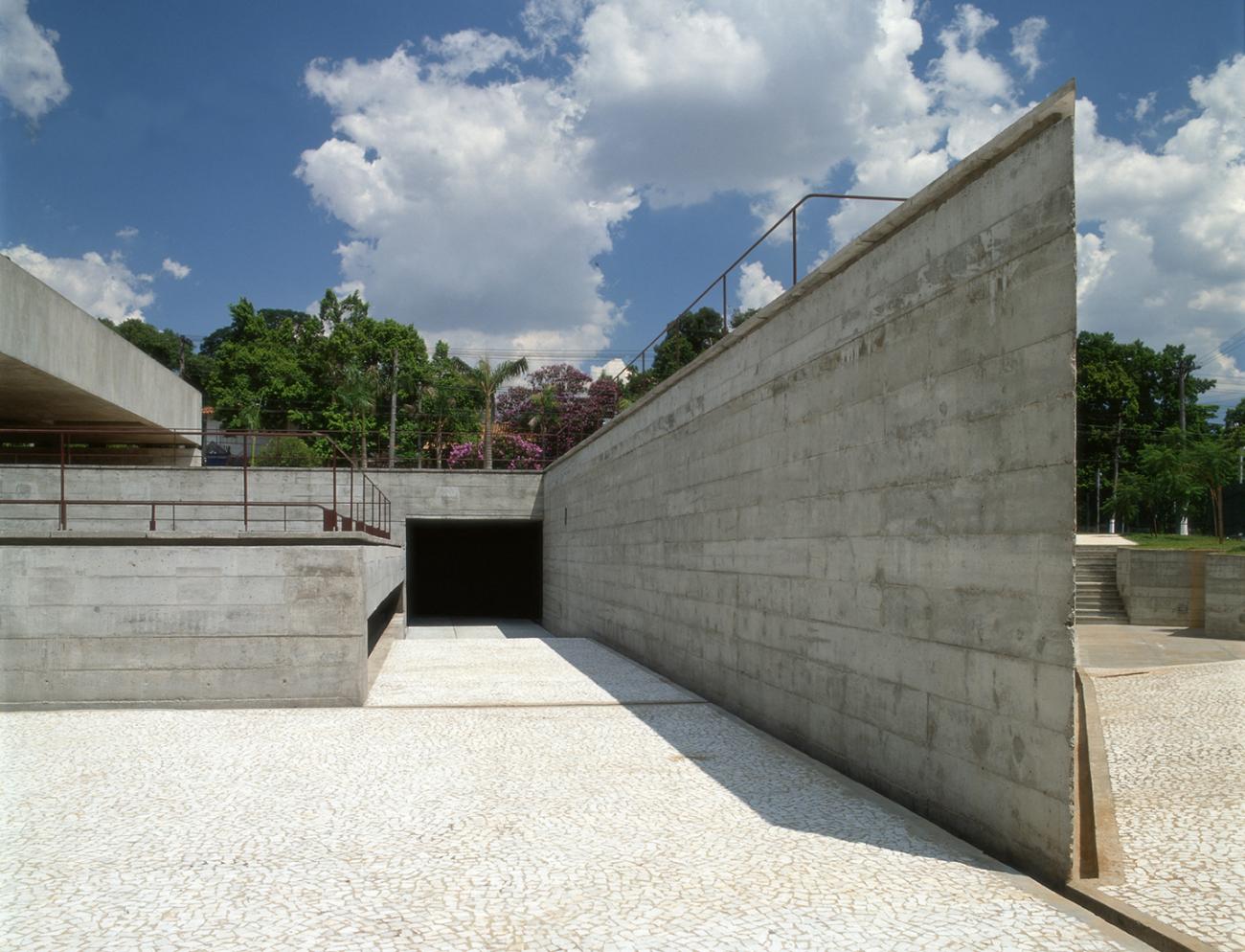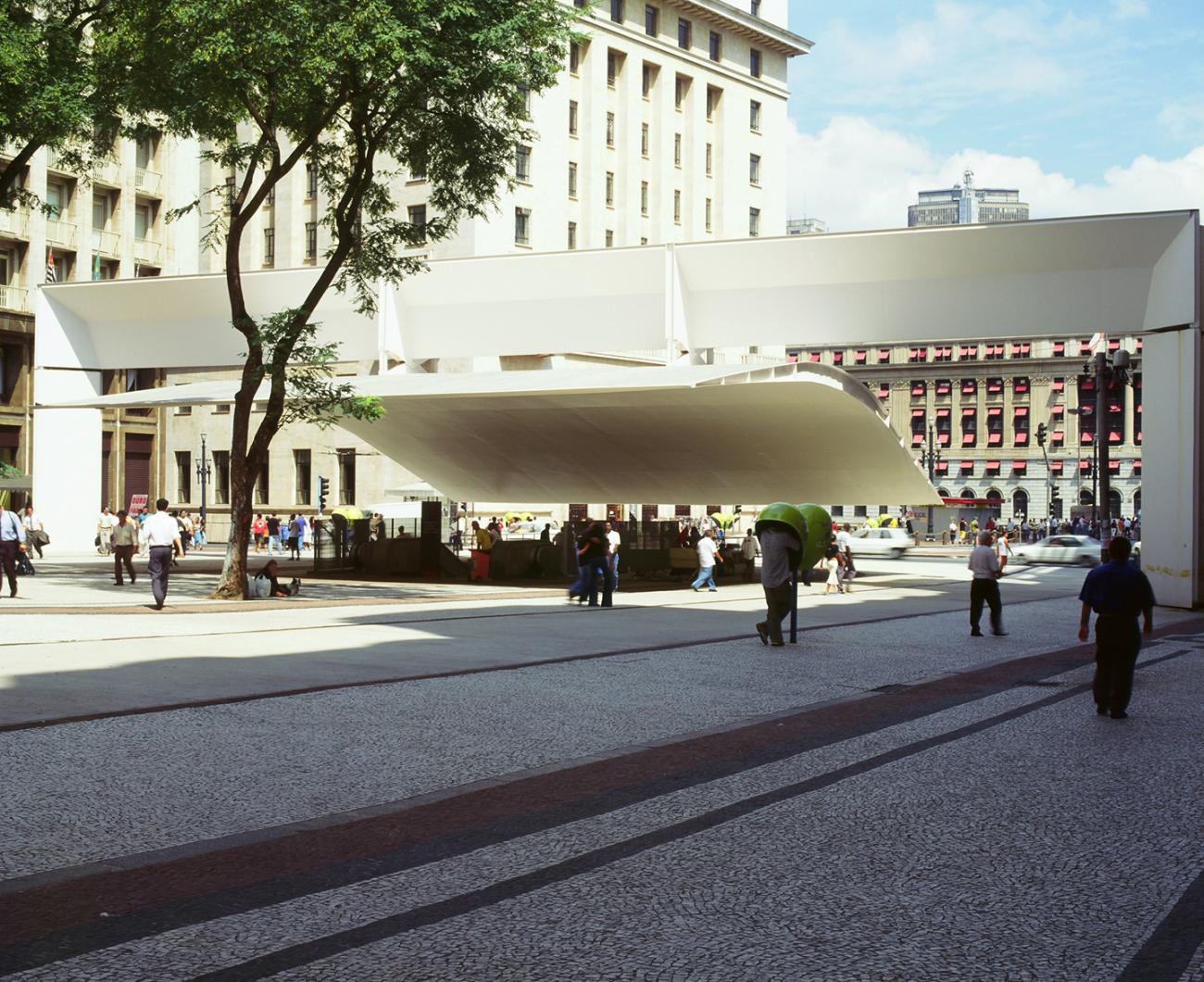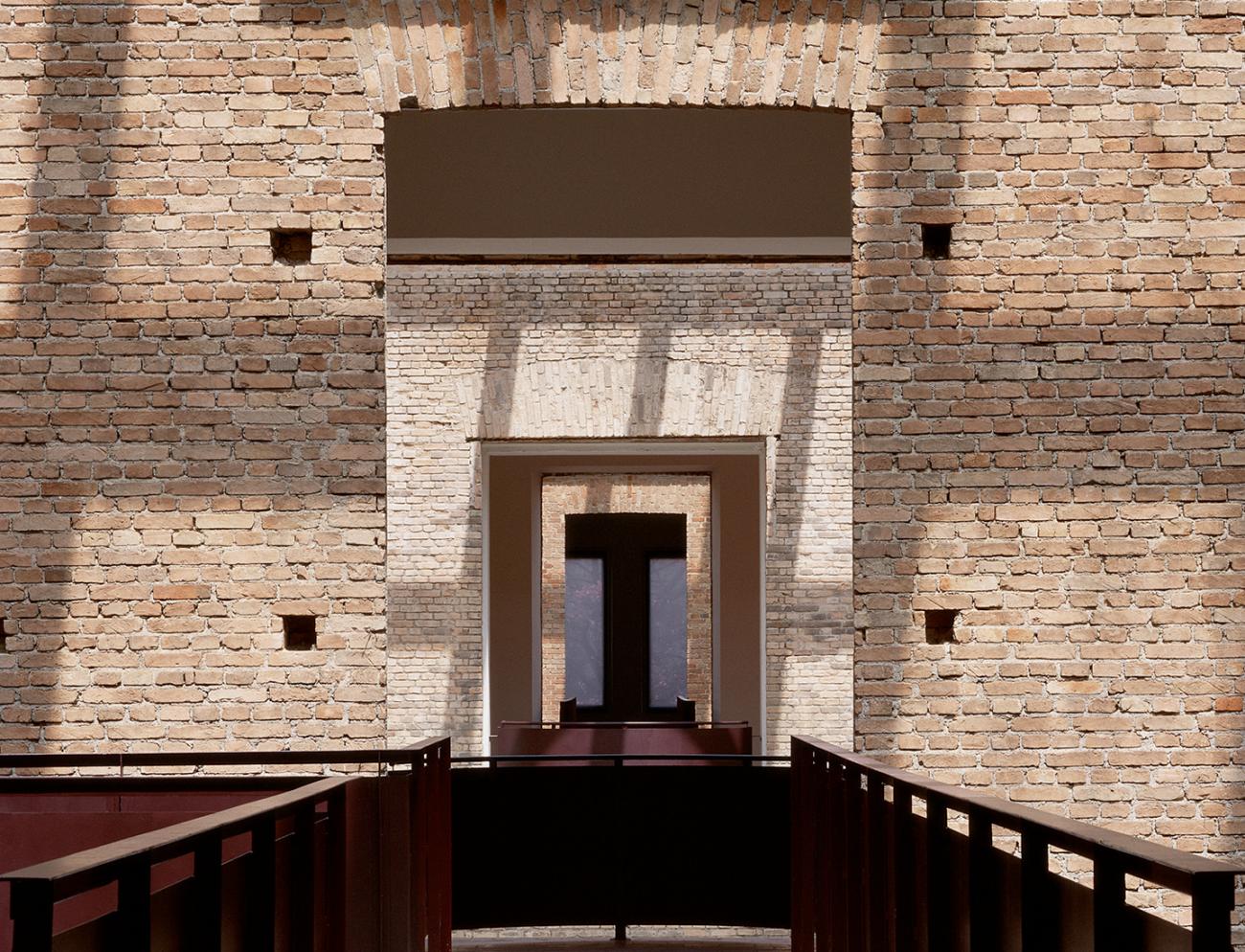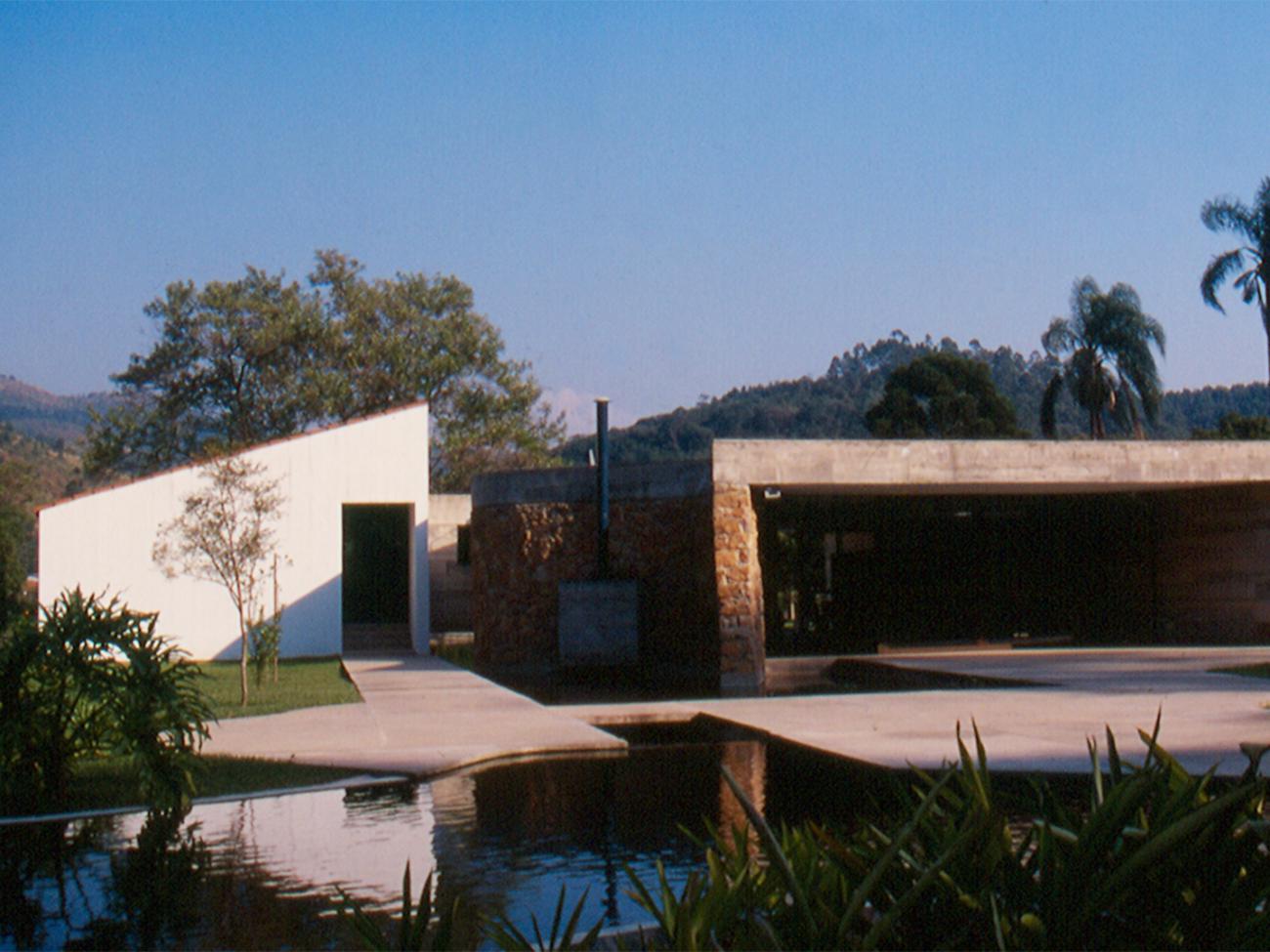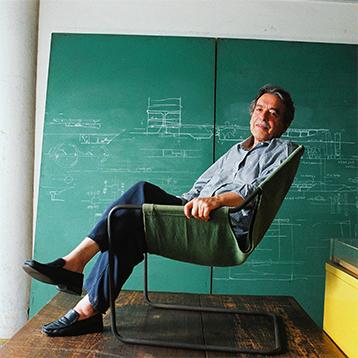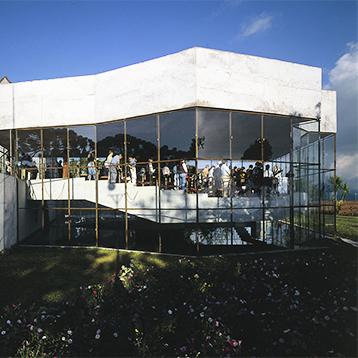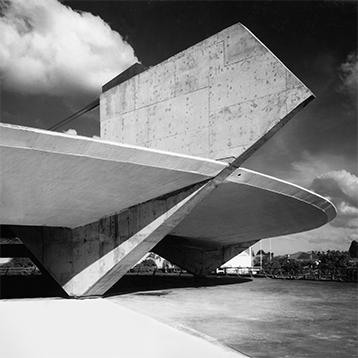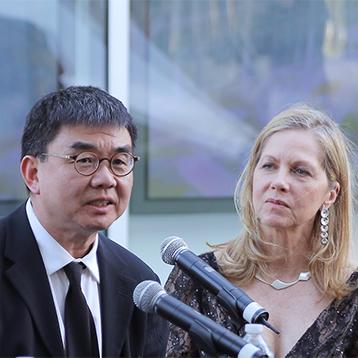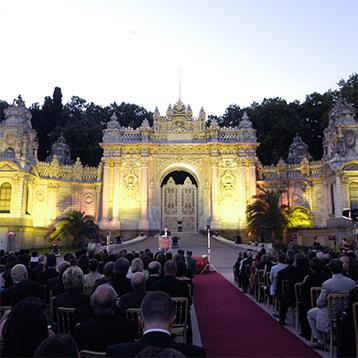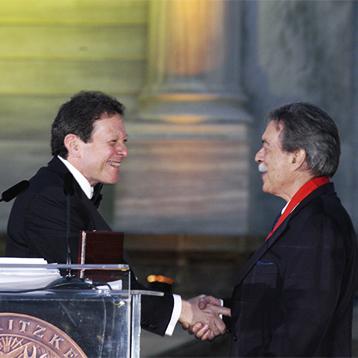Paulo Mendes da Rocha of Brazil Becomes the 2006 Pritzker Architecture Prize Laureate
Paulo Mendes da Rocha has been chosen as the 2006 Laureate of the Pritzker Architecture Prize. The 77-year old architect becomes the second laureate from Brazil, Oscar Niemeyer being the first, chosen in 1988.
In announcing the jury’s choice, Thomas J. Pritzker, president of The Hyatt Foundation, said, “Mendes da Rocha has shown a deep understanding of space and scale through the great variety of buildings he has designed, from private residences, housing complexes, a church, museums and sports stadia to urban plans for public space. While few of his buildings were realized outside of Brazil, the lessons to be learned from his work, both as a practicing architect and a teacher, are universal.”
The formal ceremony for what has come to be known throughout the world as architecture’s highest honor will be held on May 30, 2006 in Istanbul, Turkey. At that time, a $100,000 grant and a bronze medallion are bestowed.
The new laureate began his career in the 1950s and was part of what was then considered the avant-garde in São Paulo, known loosely as creators of the Paulist brutalist architecture—practicioners whose work, often using simple materials and forms, emphasized an ethical dimension of architecture. He is widely considered the most outstanding architect of Brazil. He has steadfastly devoted his career to the creation of buildings and spaces guided by a sense of responsibility toward the residents of his buildings and the broader society.
During a career that spans six decades, he has maintained his own practice, taught for many years at the University of São Paulo, and contributed to the professional community through his work as president of the Brazilian Institute for Architects. He has lectured extensively throughout South America and Europe. He has received many awards, but it was the Mies van der Rohe Prize for Latin American Architecture in 2000 that brought international recognition.
Pritzker Prize jury chairman, Lord Palumbo, commented, “Mendes da Rocha brings the joyful lilt of Brazil to his work...never afraid of innovation or of taking risks...indeed, a worthy choice.”
Among his most widely known built works is the Brazilian Sculpture Museum, a non-traditional concept of a museum, nestled partly underground in a garden in São Paulo. He made bold use of a giant concrete beam on the exterior that traverses the site. His Forma Furniture Showroom in the same city is considered an icon of his approach to architecture. The front has a window that spans the length of the building, opening the building to the cityscape, a recurring theme of his work.
His renovation of São Paulo’s oldest Fine Arts Museum, the Pinacoteca do Estado, affirmed his understanding and respect for Brazil’s legacy—the basic structure of the nineteenth century building was simply restored with some striking new functional additions.
Mendes da Rocha revitalized a square in the heart of São Paulo, called Patriarch Plaza, adding an enormous steel canopy that appears to float over the square. Internationally, he was a finalist in the competition for the Centre Pompidou in Paris in 1972, and was the architect of Brazil’s Pavilion at Expo ‘70 in Osaka, Japan in 1970. Currently, in Galicia in the northwest part of Spain, he is developing a master plan for the Technological City, part of the University of Vigo. His task is to integrate new buildings—library, engineering departments, student residences, administration offices—designed by several different Spanish architects into an overall landscape scheme that also fosters connections between buildings.
